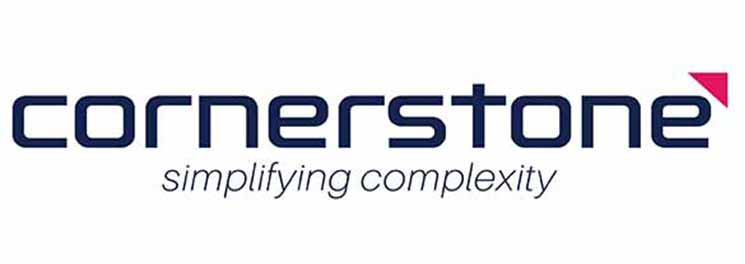
Making the Case for Change: 3 Strategies for Winning Business Cases
Data-driven transformation projects are most successful when they are built upon well-defined needs and a compelling ROI narrative.
In the last article of our series on business cases for data-driven transformation projects, we offer our three tried-and-tested strategies for winning business cases. Without any further ado, let’s dive into it.
Strategy 1: Preparation is key
The best business cases start with exceptional preparatory work – before a single word is captured on paper. For many projects, that work starts in the phase prior to business case preparation, during what is usually referred to as the requirements gathering phase. This may involve the project team approaching the market as part of a request for information (RFI) process. This information then underpins the scoping section of the business case.
In the past, you probably prepared your RFI based on what you already know. For example, perhaps you have a system that is reaching end-of-life and needs to be replaced. However, there is enormous benefit in presenting your desired outcomes to the market at this early stage, rather than your requirements.
It’s a small but subtle shift that will open your eyes to solutions you didn’t even know existed. Focus on what you want to achieve and allow the market to show you how to achieve it.
Early on, you should also spend some time familiarising yourself with the nuances of your organisation’s business case process and the cultural factors that underpin it. Critically, what is driving the strategic agenda? How does the organisation approve business cases? Who are the stakeholders/approvers and what will they be looking for?
Not only will this process arm you with the necessary information to create a winning business case. By engaging across the organisation, you’ll start to build momentum for the change .
Strategy 2: Articulate ROI as clearly as possible
Business cases must articulate the anticipated return-on-investment (ROI) relative to the investment. In the past, ROI was a relatively simple calculation involving two variables: the cost of the investment and the profit it delivered. However, we can no longer rely upon traditional ROI metrics as the single criteria for evaluating the effectiveness of a technology investment.
Some projects have clear benefits with demonstrated ROI over the short-to-midterm. We call this tangible ROI. Meanwhile, other projects represent more of an investment in capabilities that serve a strategic or long-term purpose. While it can be more challenging to express ROI for these projects, it is not impossible. We call this strategic ROI.
Some organisations manage this by categorising projects to delineate what is of strategic value and what is of immediate value (with tangible ROI). They will develop evaluation criteria for each category, which helps decide the best investments. They may also set a funding limit for each category to ensure an appropriate mix of strategic and tactical investments across the project portfolio.
The individual strategic ROI metrics to be measured for your organisation will depend on the overarching goals and strategic plans. Some examples could include customer satisfaction, productivity of individual employees, organisational culture and capability for innovation.
Where possible, your business case should set KPIs for all ROI metrics – both tangible and strategic – to be measured at an agreed point after implementation. Don’t forget to make each of your KPIs SMART – that is, Specific, Measurable, Achievable, Relevant and Time-Bound.
Finally, if the organisation is receptive – and you know this because you’ve done your preparatory work – you may be able to couch your strategic ROI in aspirational terms (the anticipation of future benefits, yet to be described and quantified), or simply the ability to remain competitive in the future.
Strategy 3: Capture the risks of changing - and not changing
Sometimes we’re so focused on selling the benefits that we neglect to spell out the risks. However, when it comes to creating winning business cases, both are important. It’s important that you (and the broader business) is planning for what’s likely to happen, not what you hope will happen.
If you believe the project is going to be challenging, but will ultimately pay dividends, describe that for your stakeholders. It’s better to bring them on the journey and have the right resources and support in case things go sideways, rather than paint an overly optimistic picture from the outset and give the perception of failure if you encounter any obstacles.
If you’re replacing a legacy system (particularly one that is composed of Excel spreadsheets, cobbled together in your very own Franken-System), then there is almost certainly going to be a change impact on the people who maintain those systems. It’s essential to capture those risks in the business case plus the mitigants, or you run the risk of looking under-prepared when your business case reaches the leadership table.
Similarly, it’s worth highlighting the risks of not changing (if any). Perhaps you’re making the case to replace a decade-old legacy system that still works, however it’s dramatically outdated and will no longer be technically supported by the manufacturer. What will it cost the business to fix or replace once it fails – not only in terms of the system itself, but in terms of lost sales, customer satisfaction and employee productivity?
If you’d like to read more about the role of business cases in data-driven transformation projects, make sure to read the first article in this series Want to succeed with data-driven transformation? Make sure you’ve defined the need.
As an independent partner with broad experience across a range of industries, we can help you define the required change and translate the need into a winning business case. Reach out to have a discussion today.





